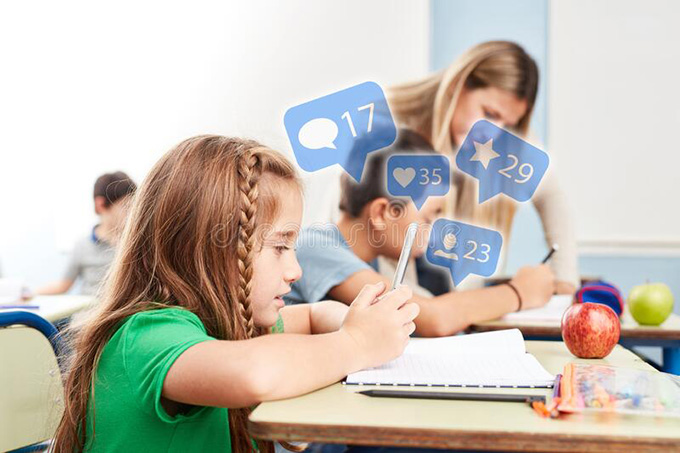
Social networks are means of communication: they have exceeded their initial objective, which was to promote interaction between subjects, and are now used for financial, commercial and even educational issues. Through them, many of its users learn about different topics.
However, they are not yet considered tools for formal learning, although they enable dialogue and foster mutual enrichment between teachers, students, and their families; that is, they are a place where interaction, individuality and multiculturalism are respected and, at the same time, they enrich communication and promote collaboration.
The social networks that can be used to support learning, and known as commonly used, are Facebook, Twitter, Instagram, YouTube, WhatsApp, TikTok, LinkedIn, or the extinct Edmodo, among others.
There is information that indicates that during and after the pandemic caused by covid 19, social networks have become a constant communication support for the academic community.
Such is the case of WhatsApp, Facebook and YouTube, which were used to give instructions on how to do a task, and sometimes even teach an entire class; in such a way that they were used as a learning strategy by the students, and as a support for teaching.
A mediating tool
In order for networks to be at the service of learning, teachers must know how to use them to generate knowledge in a collaborative and constructive way with students.
This means incorporating them as mediators of the didactic activities that are designed, that is, as support instruments that strengthen interaction, discussion and communication. In this way, the teacher, through the networks, becomes an observer, follower and mediator of the students’ work.
Beware of distractions
The student can take advantage of social networks to strengthen their learning. To do this, she will have to reinforce her skills and knowledge in information management: learn to search, assimilate, interpret and reproduce existing information and produce her own information.
On the other hand, it is important to highlight that, when using social networks in the educational field, there is a risk of being distracted by attending to other things that do not have to do with the purpose of learning. As they are not platforms designed for educational activities, it is easy for attention to be diverted towards other content and actions that abound in these media. In this matter, the role of the teacher is essential to monitor the interaction with the networks and that it is always for the purpose of learning and not only for social communication.
Evaluate and promote synthesis
Although social networks were not designed for educational purposes, if the teacher has the necessary skill and expert knowledge, they can be used to:
- Assess.
- Follow up on classes.
- Promote synthesis and the ability of short argumentation in students.
- As means of debate, discussion and reply, where different points of view can be exchanged around a particular topic.
Twitter and Facebook
An example of the above is Twitter, in which students can express their opinion regarding a topic and identify and label it using the # symbol, with which teachers can follow up on the replication activity that the student is carrying out on real time.
Another way of using the networks can be through private groups on Facebook, where students present a topic, upload graphs, files, images or references to other texts and their classmates can comment on it, generating a dynamic of continuous interaction and enrichment for your learning.
Also YouTube, TikTok and other similar tools promote synthesis and argumentation: from the oral expression of the participants, they help to develop their communication skills and to lose their fear of speaking in front of others.
Even managing a social network in the classroom can mean a rapprochement between the teacher and the student, becoming a space for dialogue that gives rise to mutual learning and enrichment : on the one hand, the teacher intervenes, modulates, and collaborates in teaching with their students, in addition to evaluating their individual and collective behavior; on the other hand, students learn collaboratively and develop digital skills.
Author Bios: Maria del Rocio Carranza Alcantar is Professor and researcher in Education and Claudia Torres Islands is a Professor-Researcher, coordinator of the Master’s Degree in Innovative Processes in Learning at CUAltos both at the University of Guadalajara
